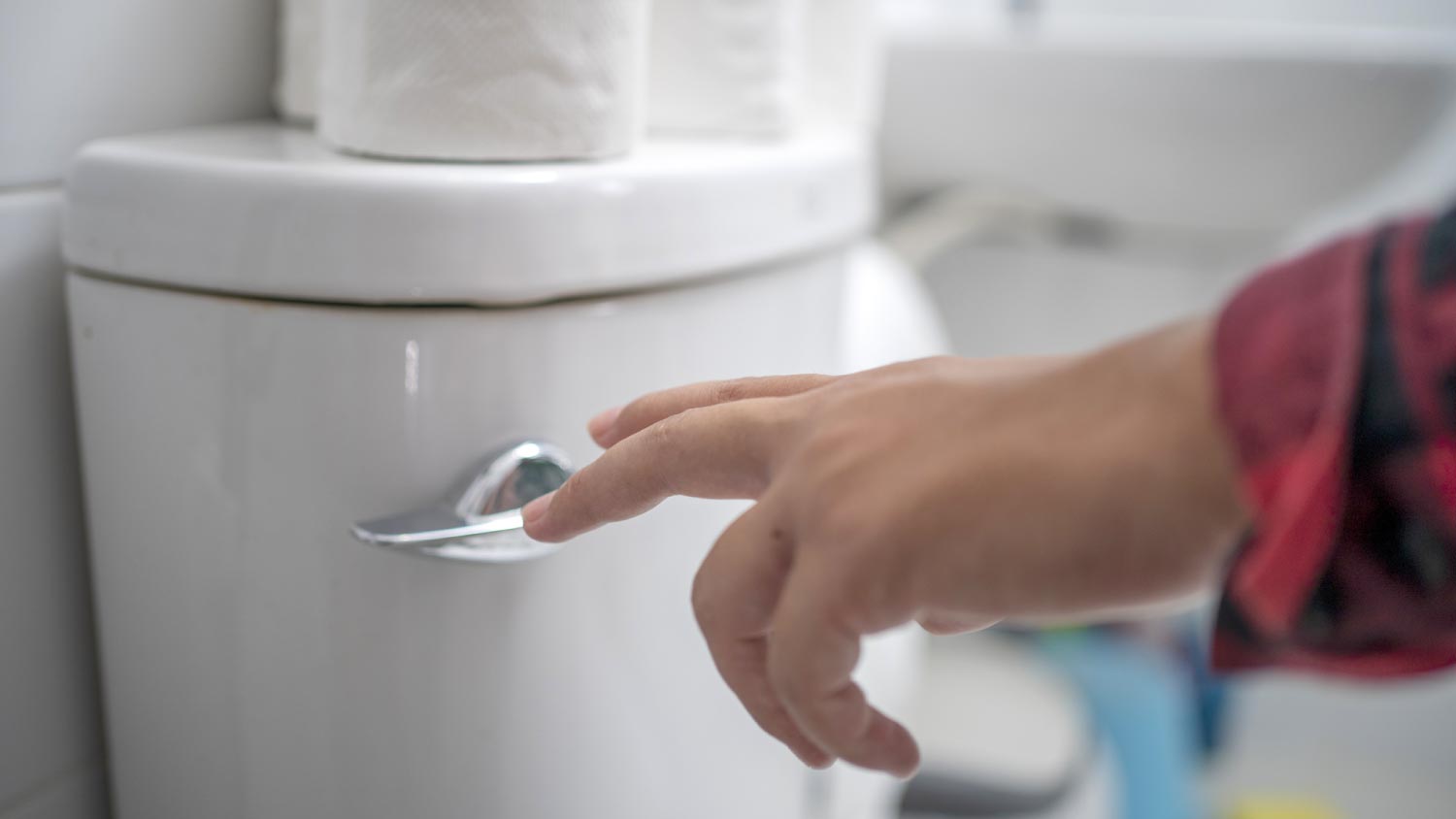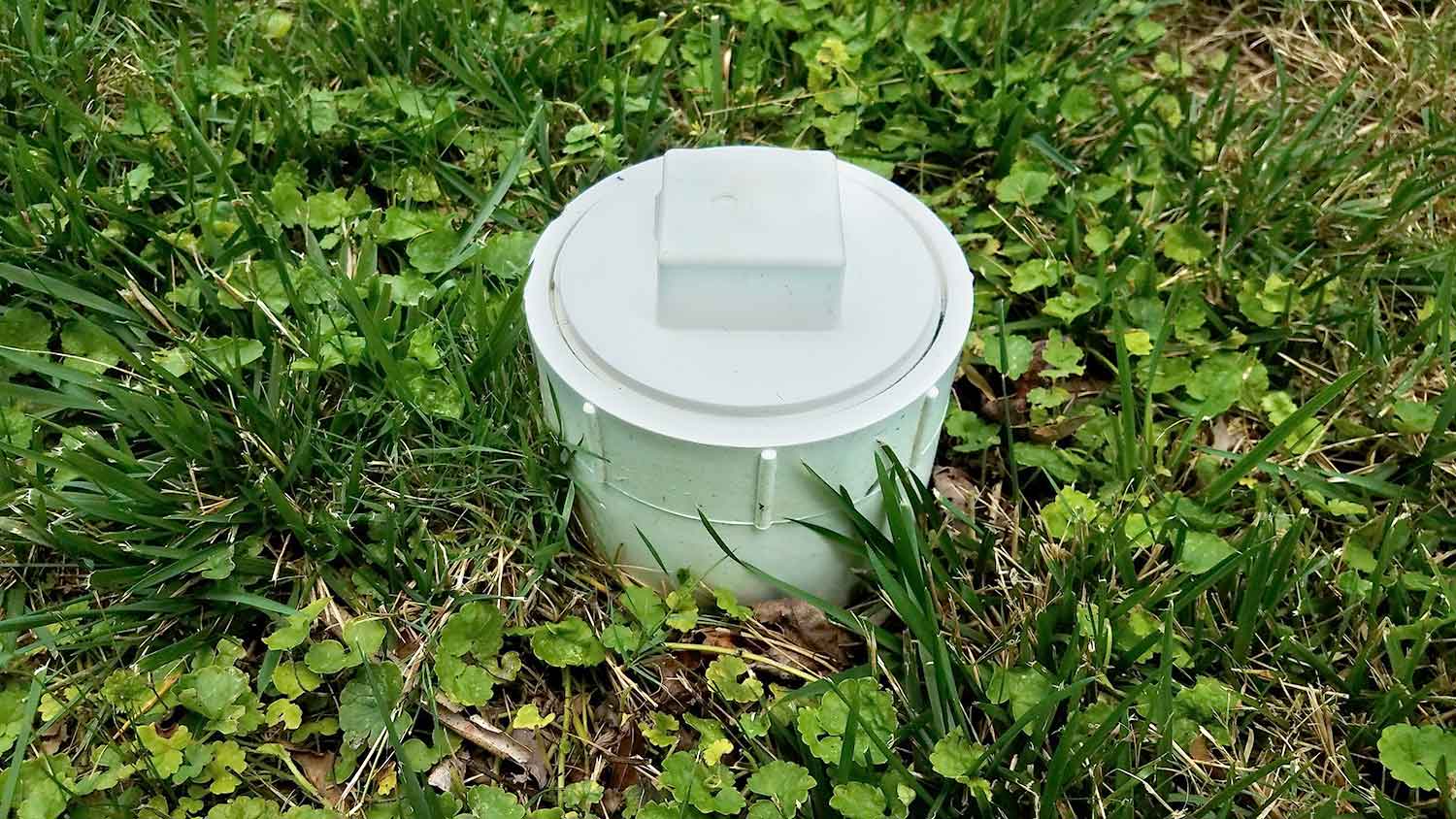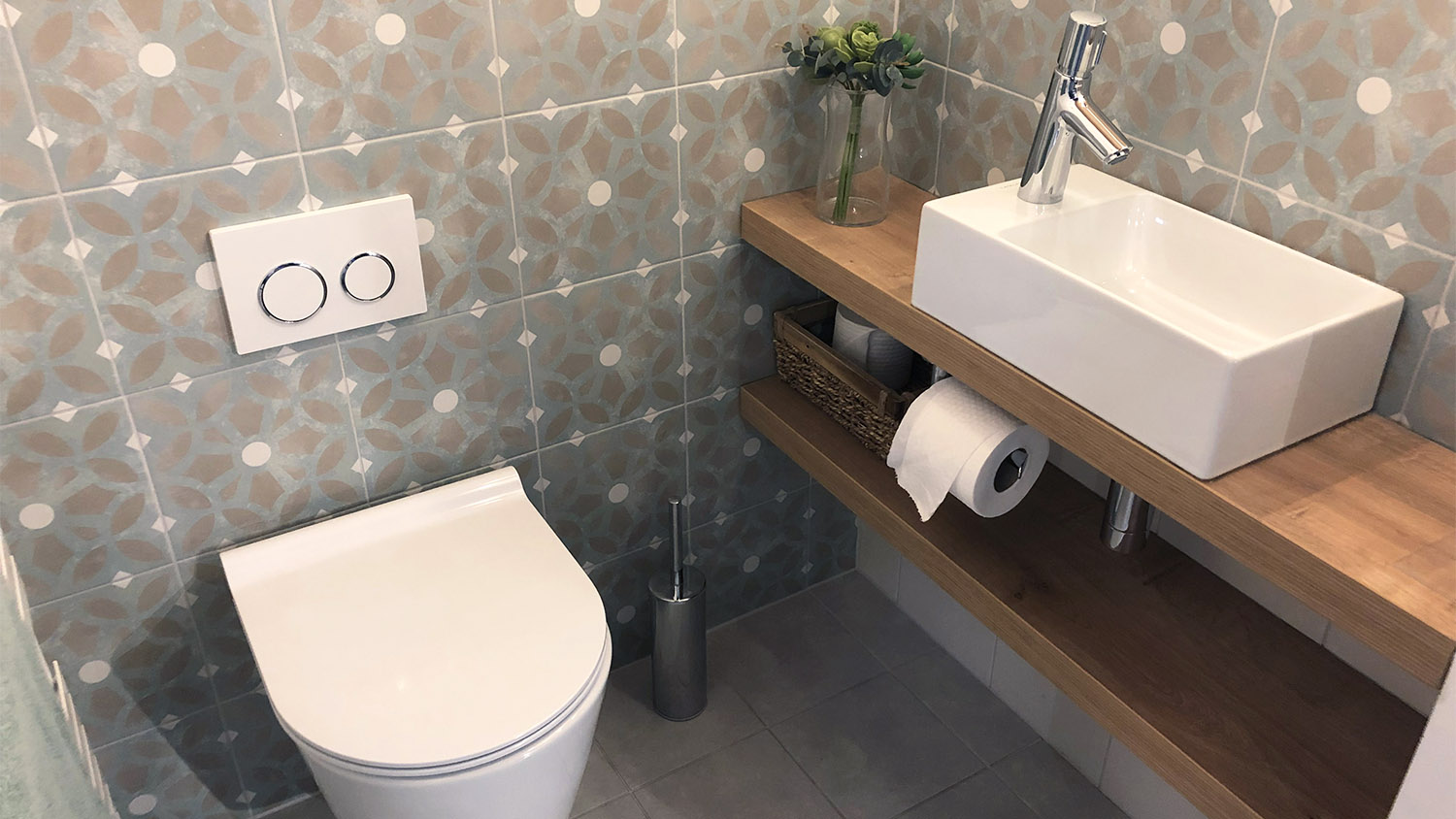
Need to know what sewer line replacement costs in Los Angeles, CA? This guide will help you prepare to budget for sewer line replacement done by local contractors.
Cleanouts offer easier access to your home’s plumbing system


Sewer cleanouts let you access your property’s main sewer line.
They provide an easy way to deal with clogs and blockages in your plumbing system.
Most newer homes have sewer cleanouts, but older ones might not.
If your house doesn’t have a cleanout, you may be able to install one.
On average, installing a sewer cleanout costs $2,000.
Dealing with plumbing problems can get messy, smelly, and expensive, but there are ways to make the process a little less painful. If you have a sewer cleanout, for example, your plumber will have an easier time accessing your main sewer line and clearing out any clogs—which can help you save on the cost of repairs. So, what is a sewer cleanout, and do you need one? Let’s walk through it.

Generally located outside of your house, a sewer cleanout is a pipe that provides access to your home’s sewer line. Cleanouts are typically made of PVC or metal and have a cap that you can take off to reach the sewer line.
So, what’s the purpose of a sewer cleanout? It’s simple: If your sewer line clogs, it’s more convenient to open your cleanout to try and unblock it rather than having to go through your house or dig into the ground to access your sewer line.
Pros can also access your sewer cleanout to troubleshoot common plumbing problems, like higher-than-normal water bills, slow-draining sinks and toilets, and low water pressure. They’ll do this by performing a sewer line inspection, where they go through your pipes with a camera to uncover any issues. You can expect to pay between $250 and $1,180 for this service.
If you have a sewer cleanout, you’ll likely find it sticking out of the ground in your lawn. In some cases, though, your cleanout might be in your basement.
Outdoor cleanouts can be tricky to uncover, and you may need to look underneath bushes or overgrown grass. Here’s how to track yours down, based on the type of waste management system you have.
If you have a septic system: Start by locating your septic tank in your yard. You can look for patchy areas of grass or check county records if you aren’t sure where it is. Then, walk back toward your house and scan the ground in that area for the cleanout pipe.
If you’re on city water: First, find the main sewer line. If you aren’t sure where it is, look for a maintenance hole or curb markings—either of which might be stamped with the letter “S.” From there, walk toward your home and keep an eye out for the cleanout in your yard.
Still can’t find your cleanout? It might be buried in your yard. If that’s the case, it’s best to call a professional to locate it for you.
Sewer cleanouts are common, especially in modern homes. However, not every house has one.
Without one, it can be harder to remove clogs from your plumbing system, but it’s not impossible. Instead of going through your cleanout to do it, your sewer pro or plumber will have to access your sewer line through a toilet or your roof.
If you have recurrent plumbing problems and don’t have a cleanout, it might be time to install one. This isn’t a DIY-friendly task; in fact, it requires a local building permit, so you’ll need to have a licensed pro take care of it.
In general, hiring a professional to add a new two-way sewer cleanout costs between $1,000 and $3,500, with an average price of $2,000. There are a few factors that will impact your price, including the type of materials you choose and permit costs in your area.
From average costs to expert advice, get all the answers you need to get your job done.

Need to know what sewer line replacement costs in Los Angeles, CA? This guide will help you prepare to budget for sewer line replacement done by local contractors.

The cost of converting a cesspool to a septic system depends on factors like labor, complexity, and materials. Use our guide to estimate your budget.

Need to know what sewer line replacement costs in Seattle, WA? This guide will help you prepare to budget for sewer line replacement done by local contractors.

Some properties require an above-ground septic tank due to soil conditions or location. Learn all about above-ground septic tanks, pros, cons, and costs.

A clogged main sewer line can lead to sewage leaks in your yard or home. Look for these eight signs of a clogged septic line to fix this problem ASAP.

The time it takes to replace a septic tank depends on a few factors. Sometimes the fix is simple, but even if it’s not, here’s how long it takes to replace a septic tank.